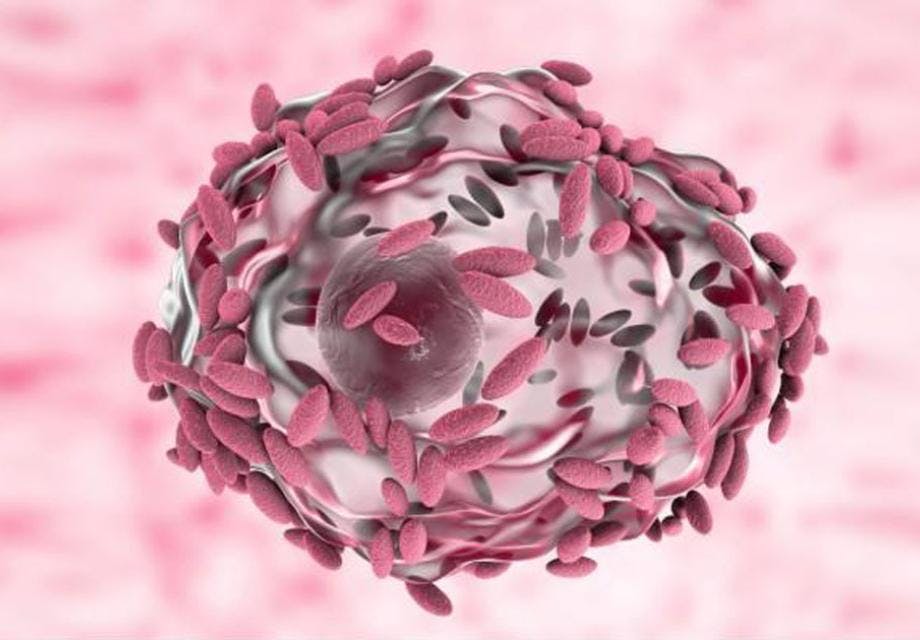The link between vaginal bacteria and PrEP effectiveness
Hester Phillips
15 December 2020
A study suggests vaginal bacteria may be playing an underestimated role in PrEP efficacy for women.
A study into the effectiveness of pre-exposure prophylaxis (PrEP) among women suggests vaginal bacteria may influence the efficacy of PrEP drugs in ways that had previously been underestimated.
Despite the effectiveness of PrEP among men who have sex with men, trials among women have had varying results. Poor adherence and other biological factors, such as genital inflammation, are thought to contribute to poorer PrEP performance among women.
But until now, how bacterial vaginosis (BV) – a common condition caused by an overgrowth of bacteria in the vagina – affects PrEP’s effectiveness has not been fully understood, nor had it been studied.
The researchers found that certain bacteria metabolise some key preventative drugs quicker than they can reach the target cells.
BV is not a sexually transmitted infection (STI), but it can increase women’s risk of getting an STI, and it also increases the risk of contracting HIV. BV is highly prevalent, with rates as high as 55% in sub-Saharan Africa.
In this study, researchers took samples from 44 women, 33 of whom were living with HIV, then analysed the samples for different types of vaginal bacteria.
Among 18 women, a type of bacteria called Lactobacillus dominated. This is a healthy bacterium, which can help to protect against STIs and HIV. In 26 women, non-Lactobacillus bacteria dominated, 15 of whom had BV.
To investigate how different vaginal bacteria alter PrEP drug concentrations through the process of drug metabolism (also known as ‘PrEP uptake’), the samples were incubated with three different types of antiretroviral (ARV) PrEP drugs.
The first ARV was tenofovir (TFV), which is currently being trialled in a PrEP vaginal ring. It also evaluated tenofovir alafenamide (TAF), which is a ‘next-generation’ drug that is being newly prescribed as oral PrEP. Finally, it evaluated dapivirine (DPV), which is also being trialled as a PrEP vaginal ring.
These different vaginal bacteria/PrEP drug combinations were then analysed. As some of the participants were living with HIV and on antiretroviral treatment (ART), all vaginal bacteria samples were tested for pre-existing ART drug levels. None had detectable ART until PrEP was introduced.
The study found that the uptake of TFV and DPV happened more efficiently in the presence of healthy vaginal bacteria (Lactobacillus), but there was decreased uptake in the presence of bacterial imbalance (non-Lactobacillus bacteria) that is associated with BV.
The study found no significant difference in the uptake of the PrEP drug TAF, regardless of the type of vaginal bacteria present. This may be due to the more rapid uptake mechanism that TAF provides, but further studies are needed to assess this.
Further analysis of these experiments did not show a significant difference when comparing samples taken from women living with HIV to those taken from women who were HIV negative.
These findings highlight the important role vaginal bacteria plays in PrEP uptake and provides an additional explanation for low PrEP efficacy in trials with women.
Using drugs that are not affected by BV or vaginal bacteria imbalance, such as TAF, may be critical for future PrEP trials and the long-term success of PrEP in preventing women from contracting HIV.
This study also demonstrates how critical it is to improve effective treatments for BV. The current standard BV treatment often leads to the condition reoccurring.
Experiments conducted on samples taken during this study found that administering Lactobacillus to women with BV might more effectively treat the condition, which in turn could reduce STI and HIV infection. It may also prevent the poor uptake of PrEP drugs TFV and DPV.
As TAF is used for oral PrEP, further studies are also needed to assess how bacteria in the gastro and intestinal tract affect PrEP uptake.
Get our news and blogs by email
Keep up-to-date with all our latest news stories and blogs by signing up to the Be in the KNOW news digest.
